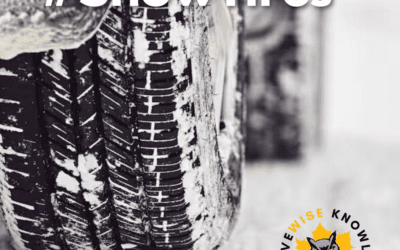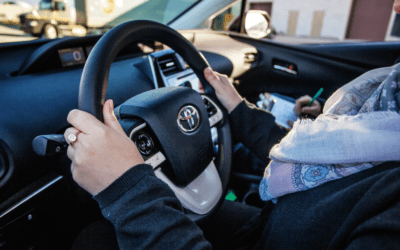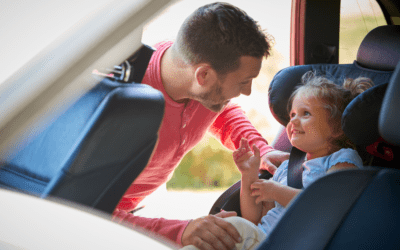Anything can happen when you’re on the road during any time of year. That’s why it’s important to be prepared! Whether it’s a flat tire, inclement weather or a medical emergency, there are several items you should keep in your car in case of any unexpected circumstances.
As a driver, there are two types of roadside emergencies you should be aware of: mechanical/recovery and survival/emergency.
Mechanical and/or recovery roadside emergencies can be prevented through regular maintenance of your vehicle and a quick circle check before you hit the road. With that said, unexpected damages are a possibility and having the right tools on hand could really help you out! Some of the most common mechanical failures are drained batteries and flat or deflated tires.

Avoid the uncertainty and expense that comes with calling a tow truck! Keep a car jack and spare tire handy to fix or replace a flat tire. If you’re stuck with a dead battery, jumper cables and a good Samaritan with a fully charged vehicle makes for a quick fix! In any case where there is no one present to give you a boost, emergency car battery chargers can get your car started in no time.

Other common mechanical emergency items include:
- Tire pressure gauge
- Flashlight and extra sets of batteries
- Duct tape
- Multipurpose tools and a small universal tool kit
- Window scrapers (in case of wiper/defroster malfunctions)
- Shovel
- In some cases, roadside emergencies are not quick fixes and could leave you stranded without a working vehicle. Whether you’ve been in a serious accident or you’ve been stopped due to extreme weather, an emergency survival kit is recommended in order to keep yourself and everyone else safe until help arrives.
One of the most important items recommended for a roadside emergency and survival kit is a fire extinguisher. According to the National Fire Protection Association, vehicle fires are generally caused by flammable liquids or electrical sources. Some fire extinguishers are not suitable for both types of fires so it’s important to obtain one that can handle both. A good example of a suitable auto fire extinguisher would be the First Alert extinguisher.

In any case where you are unable to exit your vehicle due to damage, obstruction, and/or malfunction, a car escape tool or pocket-knife could help free you and other passengers quickly and safely. It may also be a good idea to keep one accessible to all passengers, too.
Another important item to keep in your roadside emergency kit is a two-way radio. Cell service isn’t always guaranteed and spotty service or a dead phone battery could prevent you from getting the help you need on the road. A two-way radio with a range of over 20 miles and an extended battery life of around 8-10 hours gives you a way of contacting nearby assistance when needed.
Other common emergency survival items include:
- A first aid kit
- Emergency blankets
- A wireless cellphone charger
- Water and non-perishable food items
- Umbrellas and/or rain ponchos
- A change of dry clothes
- Emergency flares
- A whistle
- Having a roadside emergency kit could save you or other drivers and passengers lives. While we hope you never have to use it, having these items and an emergency preparedness plan could help you out of a sticky situation on the road. This way, you get where you need to go safe and sound!
#roadsafety #emergencykit #preparation #roadsideemergency




